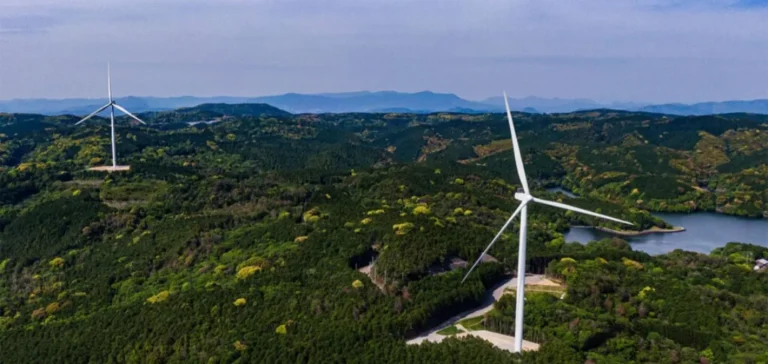Vena Energy has announced the commissioning of the Nakaura onshore wind farm with a connected capacity of 7.5 megawatts (MW) in Saikai, Nagasaki Prefecture. According to local authorities, this project is the first to begin commercial operation in the city’s designated business promotion zone.
Integrated management from engineering to construction
The site consists of two 4.2 MW turbines, although their combined output is capped at 7.5 MW due to grid connection constraints. It is the first onshore wind project in Japan for which Vena Energy managed the full scope of engineering, procurement, and construction (EPC) internally through its subsidiary Vena Energy Engineering. The construction was carried out by Japanese companies, including Ichiban Kensetsu.
Project certified under 2016 feed-in-tariff scheme
The project was certified in fiscal year 2016 under the feed-in-tariff (FIT) scheme for onshore wind installations above 20 kilowatts. At that time, the tariff was set at JPY22 per kilowatt-hour for a duration of 20 years, according to data from the Ministry of Economy, Trade and Industry (METI).
Expanding portfolio in the country
The Nakaura project is part of Vena Energy’s deployment strategy in Japan, following Reihoku, a 7.5 MW wind farm commissioned in Kumamoto Prefecture in 2021, and Nakasato, a 36 MW facility launched in 2022 in Aomori Prefecture.
In July 2025, Vena Energy completed the environmental impact assessment for a 50 MW project in Shimane Prefecture. The following month, the company reported a national portfolio totalling 2.4 gigawatts (GW) of operational, under-construction, and contracted projects.






















